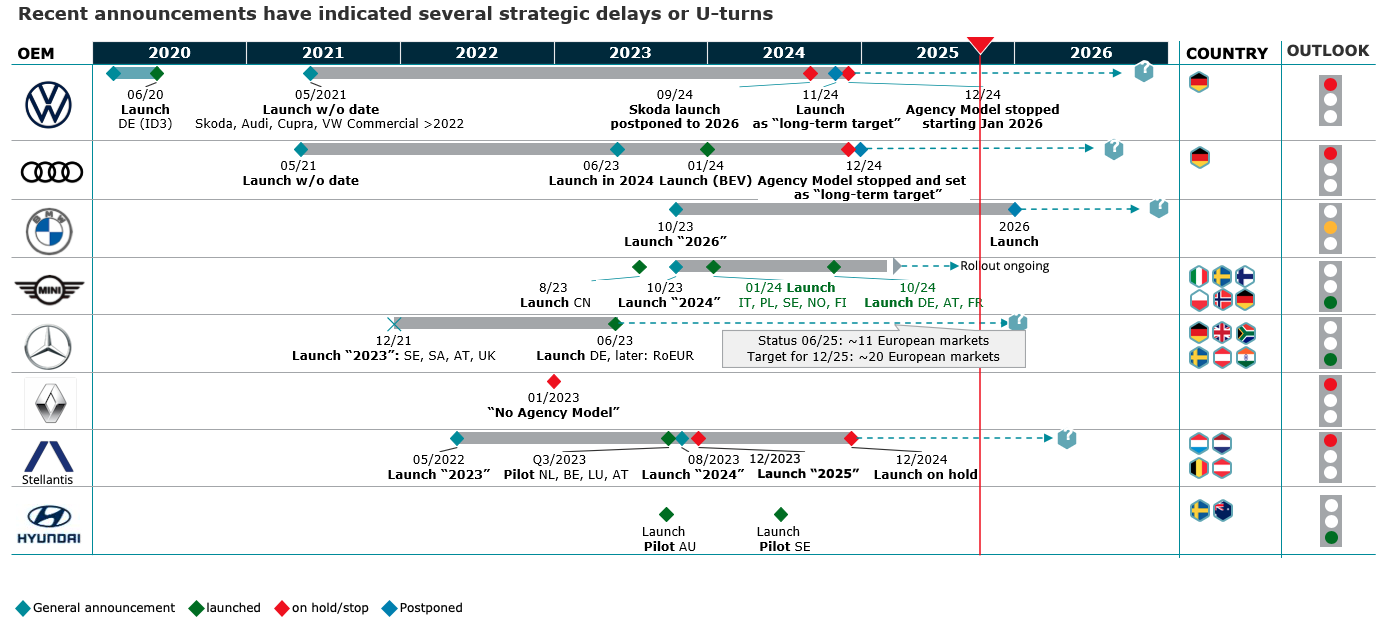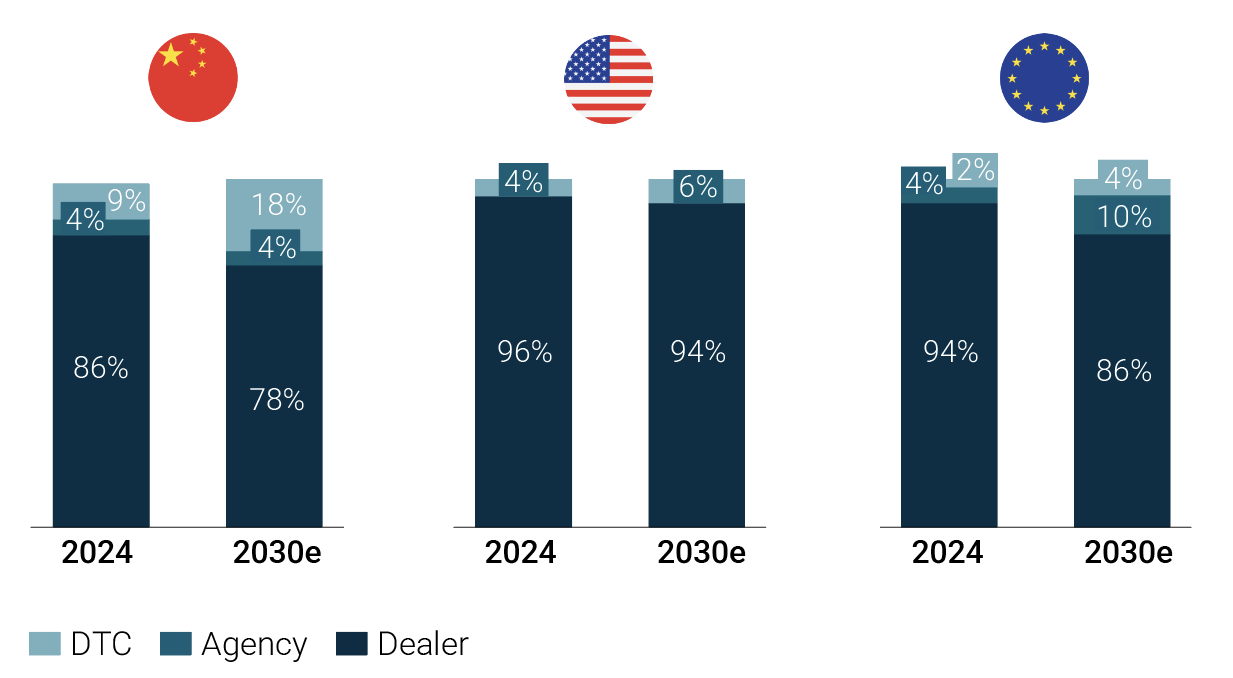
Managing after-sales EV batteries – unlike any other spare part in the traditional automotive ecosystem
Managing after-sales EV batteries – unlike any other spare part in the traditional automotive ecosystem Munich, December 2025 A fter-sales demand for HVBs could become



